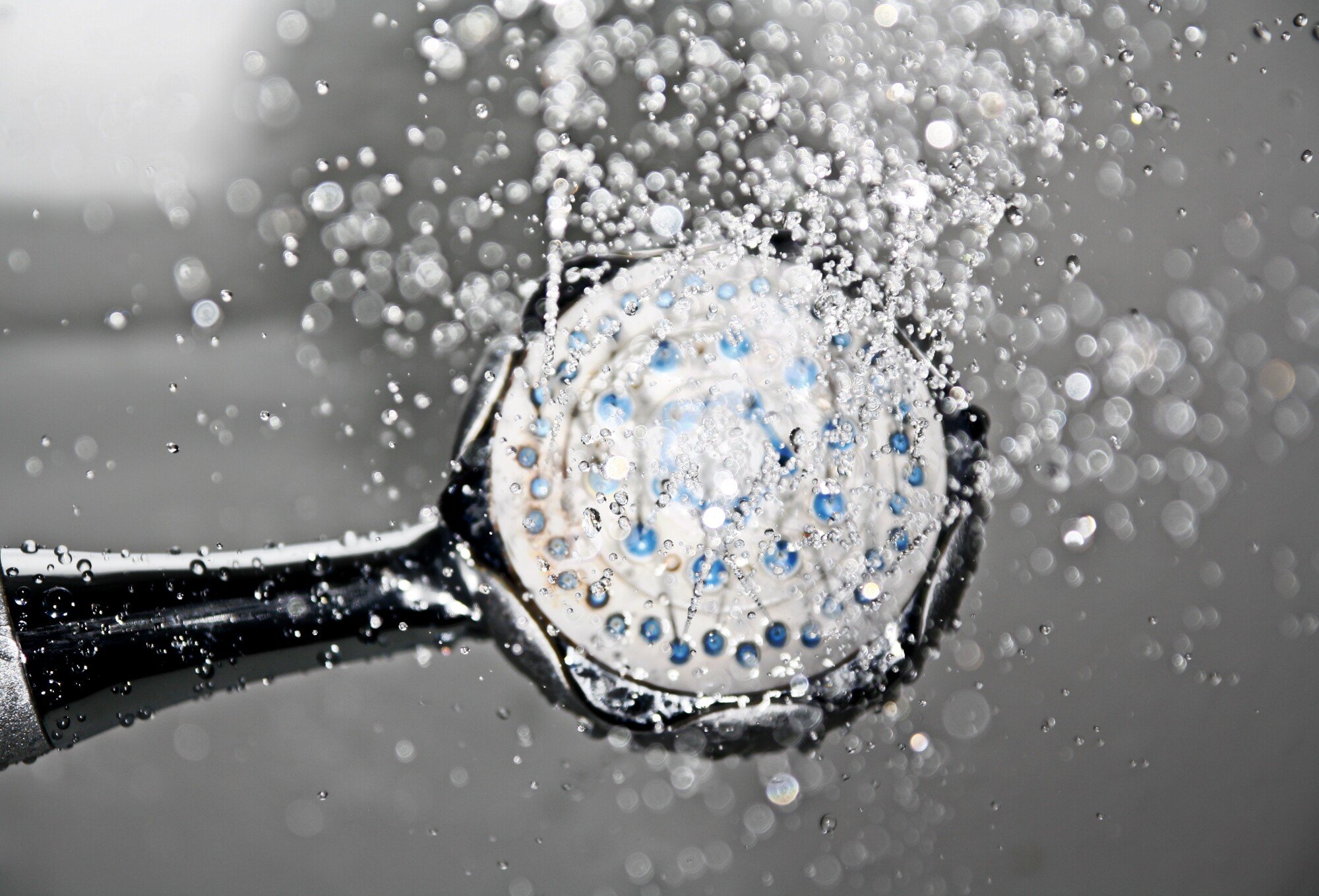Flooding is one of the most expensive natural disasters to occur. If you have a flooded home, dealing with the aftermath immediately is essential.
Delaying the cleanup processes can increase the risk of more damage being done to your property.
If you are looking to figure out what to do after flood damage, keep reading to find our tips on mitigating the impact of water damage on your house.
Let’s get started.
Preparatory Steps for Effective Remediation
Preparatory steps for effective remediation of flood damage in your home begin with a safety assessment. You should ensure the building is structurally sound and free of electrical hazards before entering.
After that, you should assess the items in your home and document what has been damaged or destroyed. Take photos, including images of the floodwaters, to show the extent of the damage. Carefully remove any standing water and debris before beginning the cleanup process.
Remove furniture, carpets, and anything else that is wet or saturated. Contain any broken items to prevent further contamination. You must also disinfect and sanitize affected surfaces.
These preparatory steps will help you properly and effectively remediate water damage and restore your home to a safe and livable condition.
Choosing an Experienced Flood Restoration Service
When a home experiences severe flood damage, it can be challenging to understand what steps to take. Contacting a reputable and experienced service provider, such as the one found on FloodRestorers.com, would be the best course of action. These experts will be able to assess the level of damage, provide an estimate for the repair process, and help restore the home to a safe and secure living space.
An experienced service will also be familiar with local building codes. They can access specialized tools and materials and understand how to repair wet and damaged materials. They will also help navigate the insurance process and get the most out of their coverage.
For your flood restoration needs, check out Rainfirerestoration.com today. They will make returning your home to its pre-flood state easier.
Long-Term Strategies for Flood Mitigation Efforts
After a flood has caused damage to your home, it is essential to take strategic steps to prevent further flooding. One long-term strategy for flood mitigation efforts is to ensure that drainage systems are maintained regularly.
This may include cleaning clogged gutters and downspouts. You must also deflect surface runoff away from the foundation. Regularly inspecting drains to clear any debris is also necessary.
An additional strategy is to elevate the ground around the home and its foundation to increase the grade to help move excess water away from the house. Investing in landscaping to create berms or swales can also effectively trap and redirect water to a safe area.
It may be best to consider building a separate flood control structure, such as a levee or floodwall, for particularly flood-prone areas. Taking these long-term strategies for flood mitigation to protect your home can help to reduce the risk of long-term water damage to your home.
Know What to Do After Flood Damage
The aftermath of a flood is overwhelming; however, taking action immediately can help reduce additional damages. After the flood, document the damage and contact your insurance company. You must also begin the cleanup process and contact experienced restoration professionals to address your home adequately.
Don’t delay! Act quickly and efficiently after a flood, as doing so can protect your home and minimize further damage!
Did you find this article helpful? Check out the rest of our blogs!



